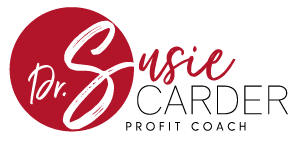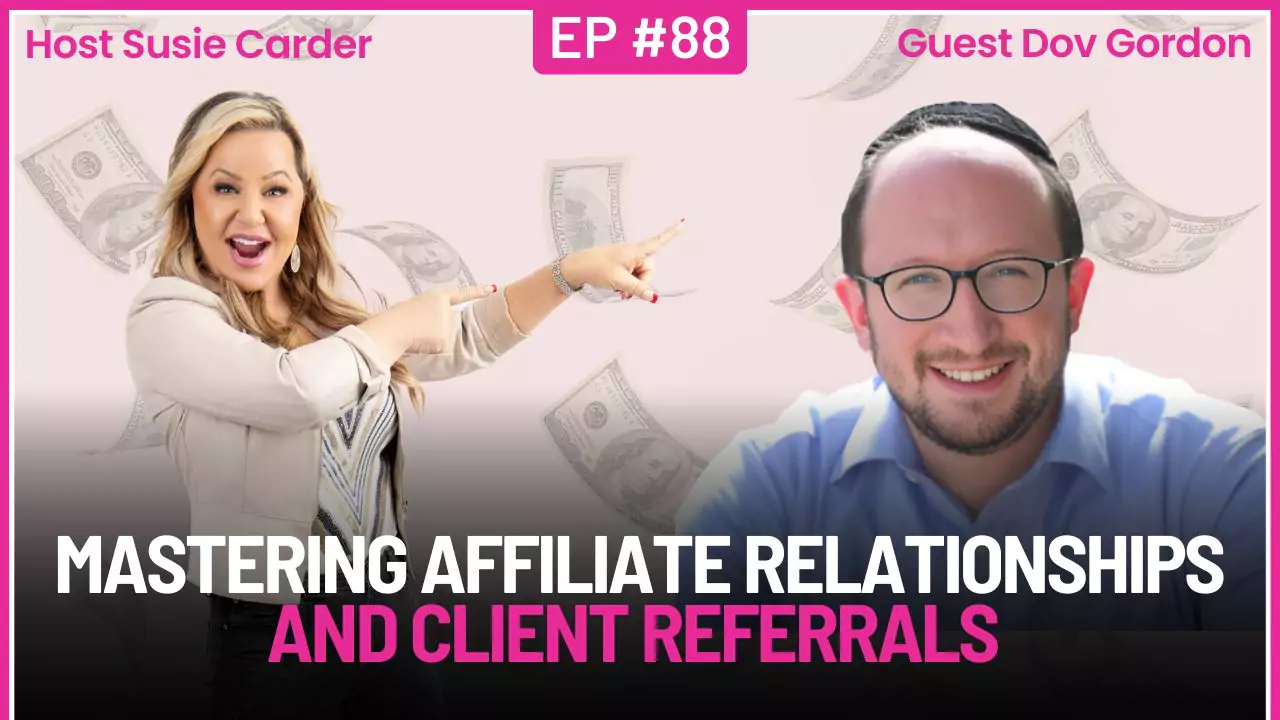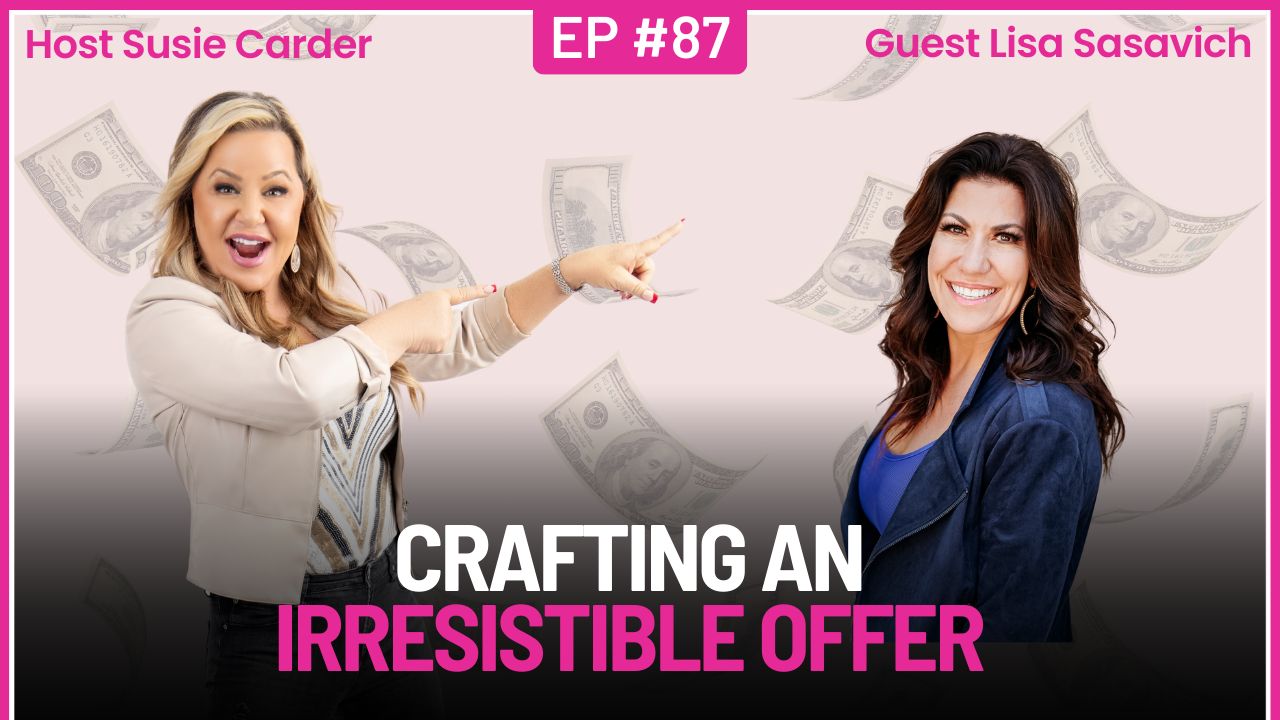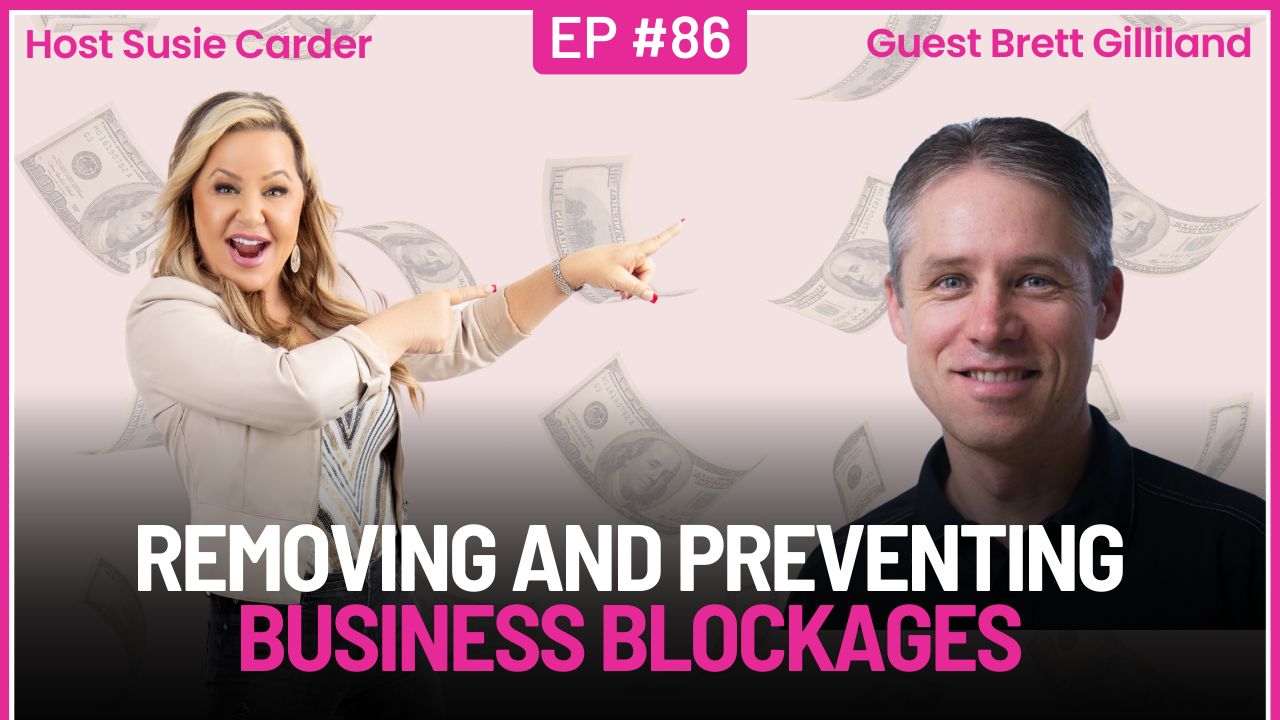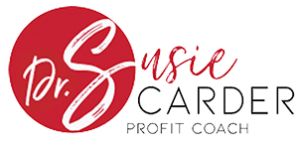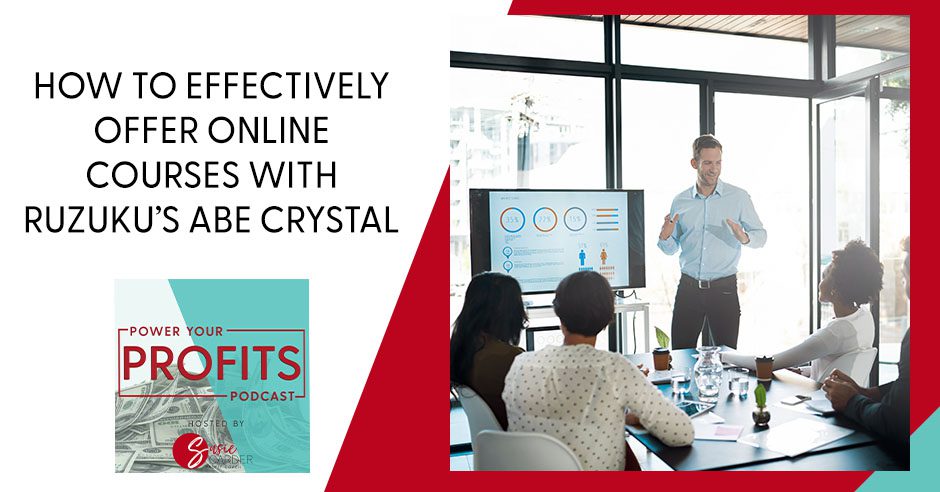
Have you ever tried studying and learning a course online? How effective is online learning? In this episode, Abe Crystal, co-founder and CEO of Ruzuku, provides tips and techniques he learned throughout his career on creating and offering an effective course for your clients. Abe’s Ruzuku is an easy-to-use online course platform for entrepreneurs, authors, coaches, and small businesses that hosts more than 75,000 courses, serving over half a million students worldwide. Dive deep into this episode to learn more about the concept of creating engaging online courses.
—
Watch the episode here
Listen to the podcast here
How To Effectively Offer Online Courses With Ruzuku’s Abe Crystal
Abe Crystal has his PhD and is the Co-Founder and CEO of Ruzuku, an easy-to-use online course platform for entrepreneurs, authors, coaches, and small businesses. It has hosted more than 75,000 courses serving over 500,000 students around the world. He specializes in learning design and user experience research. He earned his PhD in Human-Computer Interaction at UNC-Chapel Hill. He is an adjunct professor in the School of Education at UNC-Chapel Hill, where he teaches seminars on educational innovation. Please welcome my guest, Abe Crystal.
—
I’m so excited, Abe. Thank you for joining us. Thank you for being here. Before we start, I’ve done your official bio, but I want to get your badass list. Why are you a badass? Why should we listen to you? That’s the most important. Besides your PhD and software company, what else is your badassery that we should know about and then who do you serve?
One thing is that I’ve put in the time in the trenches. Something I’ve done that’s a little bit unique is over my career, I’ve done hundreds of one-on-one customer interviews and usability tests, where I’m watching people use software and talk to them about their needs and goals, and so on. Doing that actual direct interaction with people and how they use technology has helped me learn a lot and helped me understand why a lot of software isn’t that well designed or effective for people to use. That’s one thing.
Who do you serve? Who’s your ideal client and what do you do for them?
Our ideal client is anyone who loves to share their expertise through online courses, programs and learning communities. That might be a career coach, executive coach, life coach, a consultant who helps businesses improve in some area and wants to broaden how they share their expertise beyond one-on-one coaching or services.
Talk about the software that you do have because it is unique. You looked at finding and filling the need. What’s the purpose of it? How will it help me? There are so many software and choices out there. Why you?
There are two components to what we do, the software and then the content that we layer with the software. The software platform Ruzuku is designed to make it easy to create an engaging online course with the integrated learning community. By engaging me in a course that is enjoyable for your students or participants to join. It’s easy for them to access. It’s easy for them to jump in and participate, but it’s also a learning community.
[bctt tweet=”No one wants to build a course that is hostile to your learners or doesn’t serve them.” via=”no”]
One of the challenges we saw with online courses and programs when we first started was the experience between having content. Watching a video, reading some materials, and reviewing a PDF worksheet was fragmented and separate from the experience of participating in a community related to that learning.
Often people were getting a website where they could watch and review some content, and then the instructor would say, “Now, I want you to go to my private Facebook group. Go to my separate forum. Go to my chat to discuss,” like a Slack chat or something. It was creating a very difficult experience for students. They’re being asked to watch content here but then have a discussion about it in this completely separate place.
One of our main focus areas at Ruzuku is to try and bring those more together, where someone can jump in and take a course or participate in an online group coaching program, but have you interact with their peers and share and learn with other people in the program in the same space without having to go somewhere else.
What are the musts that we have to do when we look at creating an engaging online course?
There are a couple of key things. The first thing is to look at building your course from a learner-centric perspective, meaning how people learn and how your program can serve them to get to the ultimate outcomes they want. That might sound pretty intuitive. No one wants to build a course that is hostile to your learners or doesn’t serve them, but the natural way that I see many people go about building online courses is not especially learner-centric.
Most people think about course design from a content-focused perspective. They think, “I want to create a course. What content do I need and how can I put it together as efficiently as possible?” That’s not entirely wrong. It’s not like there’s no role for content. The problem is that simply creating a bunch of content, even if it’s quite good and interesting and well-produced content won’t necessarily lead people to engage in the course to persist through challenges or to apply and implement the ideas that you’re showing them.

This is what is counterintuitive. It’s not content alone that makes online courses and programs valuable. That’s only a piece of the puzzle. The big opportunity or insight is to step back and think about, “Who is it that’s going to be going through my course? What do they want to get out of it? If they’re successful in the end, what does that success look like? What are their outcomes look like from having a great experience?”
An example I often give is if you are going to offer a course on Mindfulness and Stress Reduction, let’s say. Your clients or participants are not joining to learn some theories of how stress works or even to learn some interesting ideas and tips about stress. What would make it successful for them is if they feel a meaningful difference in how they experience stress at the end of your eight-week program. They feel better and better handle their stress as they’ve implemented your techniques. That’s the big picture or framework, but I’m happy to go into more details in the area.
When I look at our courses, I look at, “Are they finishing? Are they not finishing?” People are paying a lot of money and they show up to calls and haven’t watched it or they haven’t even done the video. I’m like, “Why are you paying all this money and you haven’t done the homework?” How do we make it more sticky so that clients will use what you’re delivering?
If there were a simple answer to such a complex question, I would be selling that and be a billionaire, but the question is complex, so the answers are complex. The way to break it down is to look at a few different areas. You want to first map out, “What are the outcomes? What would success look like for participants in the program?” You then begin to design the path that people are going to follow to get to those successful outcomes.
Counter-intuitively, often the best way to help people move along that path is to minimize the amount of information or content they need to consume. We often talk about taking a minimalist point of view or philosophy when creating your course. The idea is, let’s say, that you could get your clients to the outcome that they desire by watching 100 hours of video and doing 100 worksheets or if you get them to that outcome by watching 2 hours of video and completing 2 worksheets?
Clearly, it’d be far superior if they could do that with less content and less work on their part and get to the scene outcome. It’s going to take them far less time and they’re going to be much more likely to complete the process because the more we ask them to do, the more likely they are to drop off. Every additional piece of content we ask people to consume, every additional action we ask them to take, and every additional technique we ask them to implement is an opportunity for them to drop off because they don’t have time to do it.
[bctt tweet=”It’s not content alone that makes online courses and programs valuable. That’s only a piece of the puzzle.” via=”no”]
People are busy. They have other things going on in their lives besides a course because they don’t understand it and they don’t want to ask for help or aren’t sure how, or because they run out of energy. You only have so much momentum pushing you through the course. Our ultimate challenge as course designers is not to add more but to try and make the process and path for people to follow as simple and minimal as possible. What I do when I work on redesigning a course, from version 1 to version 2 to version 3, is look at what I can subtract? How can I reduce and simplify the next version of the course based on everything I learned running the previous version?
We’ve done that. We’ve run a program for several years in every rotation, it’s slightly different. The content is there, but it’s like, “That’s too much.” I will give you the bucket and the house and realizing that I’m overwhelming people. That’s good coaching to go less is more. We all say it and we as content providers are like, “No, I need to give more. I need more,” and reiterate less is more.
A helpful framing for people, especially those who consider themselves coaches, but even those who don’t is to think about the difference in experience or how we would go about creating a course versus a coaching program or coaching service. Most coaching engagements will have very high adherence in the sense of people coming to calls and replying to emails that the coach sends. Maybe not always 100%, but usually very high. Whereas in courses, we often see a significant drop off once you’re past the initial point of enthusiasm.
Why is that? It doesn’t make sense if you think about the content being what drives success. In a coaching engagement there often is no content. In pure coaching, it’s the coach asking you questions and listening reflectively, and so on. How could it be that when there’s no content, you get incredibly high engagement and adherence, but then in a course where you have tons of valuable content, you get low engagement and adherence? What that should tell you, if you reflect on that, is that content is not what drives motivation and engagement rate.
Talk about how your design mindset encouraged you to focus on customers and their needs. The design of the software, how does that encourage a focus on customers and needs?
That gets back to what I mentioned about having spent this time in the trenches. I would hear from customers when they emailed me questions or we have like an automated welcome email when people sign up for a trial account, and then they’ll reply, and I’ll see what their questions and needs are. An interesting pattern I noticed is that when people try other products besides our own, there are tons of course platforms they can try out and experiment with. They would tell me about other platforms that they had tried, like, “XYZ platform, I tried it and it was so complicated. I couldn’t figure it out, but Ruzuku seems so simple.” Why is that?
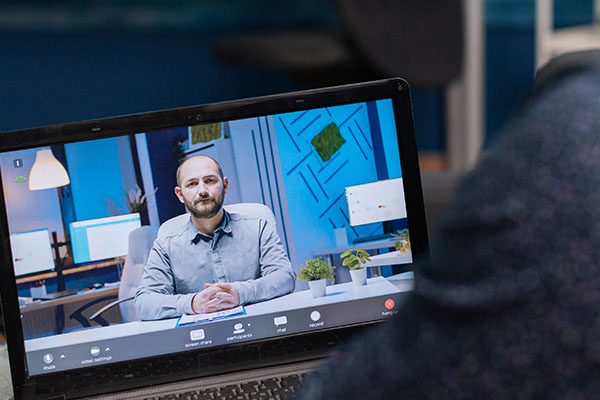
We’re talking about radically different technologies here. Even though design and the whole discipline of what’s now called user experience, it’s become a lot more popular and accepted over the last few years. It’s not as unique as it used to be. The reality is that most technology products now or the software you sign up and use are still primarily created by interviewers and by business people who want to achieve certain outcomes.
What’s often missing from those two perspectives, which are critical, is the customer or users, or person’s perspective. What is it like to use this day to day? How can we make it so it’s simple and accessible for reviews? I also think there are a lot of opportunities to bring it to more courses. I’ve noticed talking to course creators because they often don’t have a process in place for talking to their customers consistently and gathering feedback and input more systematically to improve their courses. They’re getting questions from students and it’s not like they’re in a vacuum, but there’s a difference between responding to what people are bringing to you versus going out and seeking that input and feedback and bringing it into your work.
In your years of doing business, what do you think have been the biggest learning lessons for you in building companies and talking to these all these customers?
There are so many, but one of the biggest is that it’s not all about the product. What are the things that I didn’t understand coming from more of a research and design perspective is it’s not enough to build something that’s good and well-designed and that people enjoy using because other people can do that too, but even if you have something valuable for people to use, it doesn’t mean that people will hear about it.
There has to be distribution. There has to be a way for people to find it and discover it, to try it and adopt it. That doesn’t come for free. The idea that if you build a better mousetrap, the world will beat a path to your doorstep, it doesn’t. You have to go out and market a distribute of the mousetrap. That was something that was not intuitive to me. I came in with a mindset. I was like, “Build something good, and people will use it and talk about it and it will grow.” It takes a lot more to it than that.
In the ’90s, we built a membership site. It was when the internet was big and coming out. If you think about it, it’s only in the ’90s. “Get eyeballs. We focus on eyeballs,” and then we’re like, “We got eyeballs, now what?” There are so many hooks in marketing. There are a lot of charlatans in our industry. That’s part of why I love doing this show is so people can meet people like you. I bring my badass friends together and go, “You’ve got to meet Abe.” You might not be for everyone, but you’re for those people that want to take the customer’s point of view into play.
[bctt tweet=”It’s not enough to build something that’s good and well-designed and that people enjoy using because other people can do that too. There has to be distribution.” via=”no”]
In this whole pandemic thing, because people are still in it, we’re in the middle of it, what would you say has been your secret sauce to stay in front of it to keep your business growing? The last statistic was that 60% of small businesses have gone out of business. Those are the ones that are reporting it. That’s not just the hustle people that have side hustles. What’s been your secret sauce to stay in front, in action, and growing?
I don’t know if I have an answer to that because our entire business is online. We were insulated from the effects and we’re very fortunate there. I watched with great concern the local economy dissipating around me. I used to have a nice co-working studio in Carrboro, North Carolina, that shut down. We saw restaurants shut down. It was pretty devastating.
I don’t have an answer to that. We can only hope things improve in the future. The ray of hope was, in some ways, technology was able to help some of these local businesses. We saw restaurants, for example, that never had even considered online, ordering, adopt, online ordering systems like toast. We’re able to reach their customers in a new way suddenly. There is a glimmer of hope there.
What’s one thing you wish I would’ve asked you?
You asked my favorite question, which is about how to create more engaging courses. I have to give you credit for that. I could have wished for another hour to talk about that. No, the questions were great.
What’s your favorite app or software that you use besides your own?
I’m pretty demanding when it comes to software and I tend to see the problems, but I’ll mention two to you that I used that could be of value to people. One is called Text Expander and this is something that saves me a huge out of time. What it lets you do is create shortcuts. For example, all type .em and it will expand my entire email address. Rather than having to type Abe@Ruzuku.com dozens of times a day, I type that little shortcut and it expands it for me. That saves me huge amounts of time.

If you get fancy, you can even create templates with fields. Let’s say you have an email that you commonly send to people, build that out as a template, leave fields to type in the person’s first name, and then you can trigger that template whenever you want to send a certain email to someone new. That saves me a huge amount of time and I would recommend everyone to use text expansion software.
One more bonus one that I’ve started using, but it’s promising, is called Akiflow. Their idea is to combine your task manager, like a to-do list, and a calendar in one. You see an integrated view of your calendar they can pull from Google Calendar, next to a task manager where you can track things that you want to do in the future. You can also easily schedule specific action items onto your calendar as you want and see how you’re going to allocate your time. It’s a simple idea but cleverly done. It’s helping me manage my calendar much more efficiently.
You’re not having to take it from Trello or Basecamp and then stick it in your calendar. It’s doing it automatically. I love that. What’s one thing you want to be remembered for?
Besides the usual personal stuff, like having a family and so on, it would be bringing this idea of engaging online courses to reality. Helping people to make courses that work and drive results for their students and helping move beyond the paradigm of delivering content.
How can our students get ahold of you? How can we find you?
You can find our products on Ruzuku online, www.Ruzuku.com, but I also love to hear from people personally. Don’t hesitate to send me an email at Abe@Ruzuku.com. I love hearing questions about course creation, course platforms, and anything I can do to help. I’ll be glad to assist.
Thank you for your generosity, wisdom, excellence, and coming in, but more importantly, your time because I can’t give you that back and you’ve totally poured into us. We appreciate you and have a blessed day.
You’re very welcome.
Important Links
- Ruzuku
- Abe Crystal
- Text Expander – Tool
- Abe@Ruzuku.com
- Akiflow – Tool
- https://www.Facebook.com/hello.ruzuku
- https://www.Amazon.com/Business-Courses-Abe-Crystal-ebook/dp/B09GH8L49V/
- https://Mirasee.com/podcast/course-lab/
- https://Discover.Ruzuku.com/5-steps-to-your-online-course/
About Abe Crystal
 Abe Crystal, Ph.D. is co-founder and CEO of Ruzuku, an easy-to-use online course platform for entrepreneurs, authors, coaches, and small businesses. Ruzuku has hosted more than 75,000 courses serving over half a million students around the world. Abe specializes in learning design and user experience research, and earned his Ph.D. in human-computer interaction at UNC-Chapel Hill. He is an adjunct professor in the School of Education at UNC-Chapel Hill, where he teaches seminars on educational innovation.
Abe Crystal, Ph.D. is co-founder and CEO of Ruzuku, an easy-to-use online course platform for entrepreneurs, authors, coaches, and small businesses. Ruzuku has hosted more than 75,000 courses serving over half a million students around the world. Abe specializes in learning design and user experience research, and earned his Ph.D. in human-computer interaction at UNC-Chapel Hill. He is an adjunct professor in the School of Education at UNC-Chapel Hill, where he teaches seminars on educational innovation.
